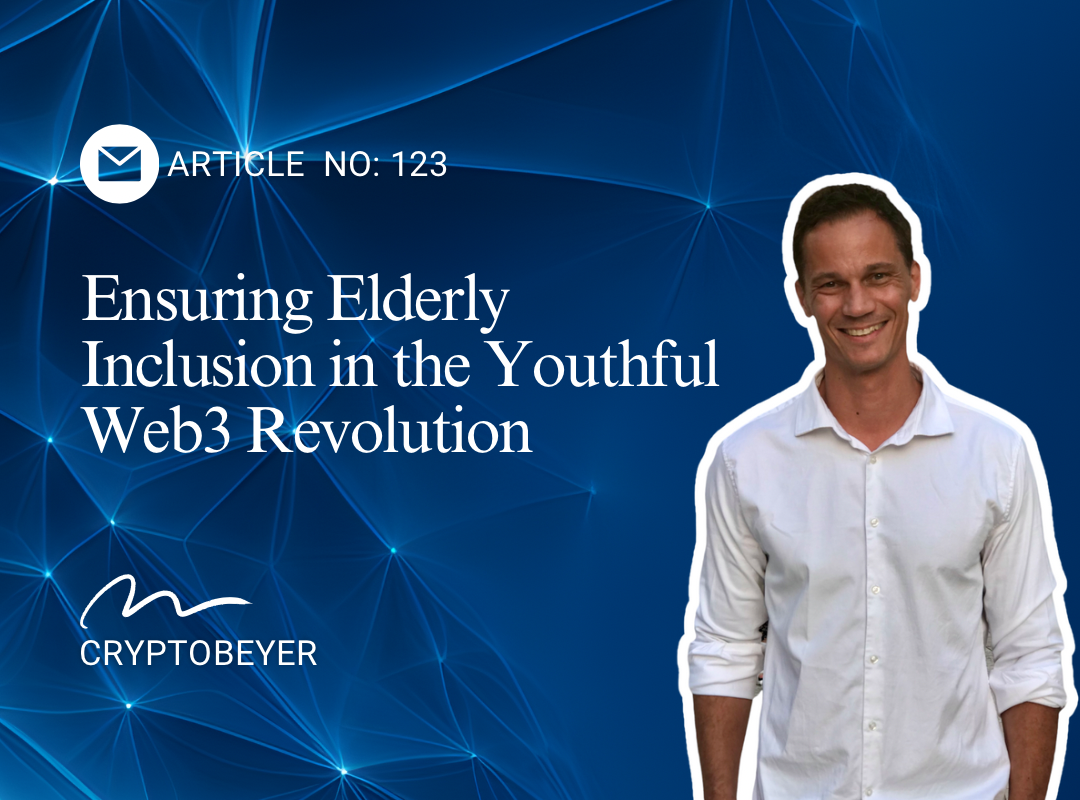Firstly, web3 is far more than cryptocurrency. Web3 extends beyond cryptocurrency, embracing distributed applications and protocols that offer potential for transforming healthcare, notably enhancing data management, accessibility to medical services, and personalized healthcare experiences for the elderly.
Secondly, recent data sheds light on the demographic skew in cryptocurrency adoption: 94% of cryptocurrency buyers are from the younger age groups, predominantly Gen Z (18-24) and Millennials (25-40). Additionally, in terms of cryptocurrency awareness and understanding, men aged 25-34 tend to have a better grasp of the concepts compared to women and older respondents. The number of people aged 65 and older is growing faster than any other age group. Meanwhile globally, the number of people aged 80 and older is projected to almost triple between 2000 and 2050. Triple.
The crypto industry overwhelmingly favors younger age groups as they are more tech-savvy and comfortable with new financial technologies. They have grown up in the digital age and are more likely to embrace the jargon and the essence of non-traditional finance. Whereas seniors may feel intimidated by the fast-paced changes in technology. Many are unfamiliar with concepts like blockchain and decentralized finance. This lack of understanding can lead to feelings of exclusion and frustration.
The underlying premise is that the elderly prefer traditional investments like stocks and real estate. But development in the web3 space is far broader than investing, and the digital literacy of society will ultimately determine how successful the digital adoption will be. Elderly already face barriers to entry due to their age and digital literacy levels.
The other day, three elderly parked their car beside mine and asked me how they should pay for parking using their phone. “Forget about it… enjoy the spring sun instead,” I said, thinking that the knowledge gap seemed too wide. They laughed and smiled and went on with their day as it was free parking that day anyway.
By prioritizing the needs of seniors, we can pave the way for a more equitable and accessible digital landscape. Again, remember that web3 is more than cryptocurrency. For example, blockchain technology is quietly changing how we deliver medical care, a transformation from which all age groups stand to benefit.
So, what needs to be done?
We need to take proactive steps such as designing interfaces that are intuitive and easy to navigate for seniors, developing educational resources tailored to their needs, and establishing support networks to assist them in navigating the complexities of Web3 technologies.
Technology is for people, not for technology itself.
It's essential to recognize the valuable contributions that seniors can bring to the Web3 ecosystem. Joda is old and wise. Their life experiences, wisdom, and unique perspectives can enrich our collective understanding and drive innovation forward. By empowering them to participate fully in the Web3 revolution, we unlock the full potential of digital technologies to create a brighter future for everyone.

